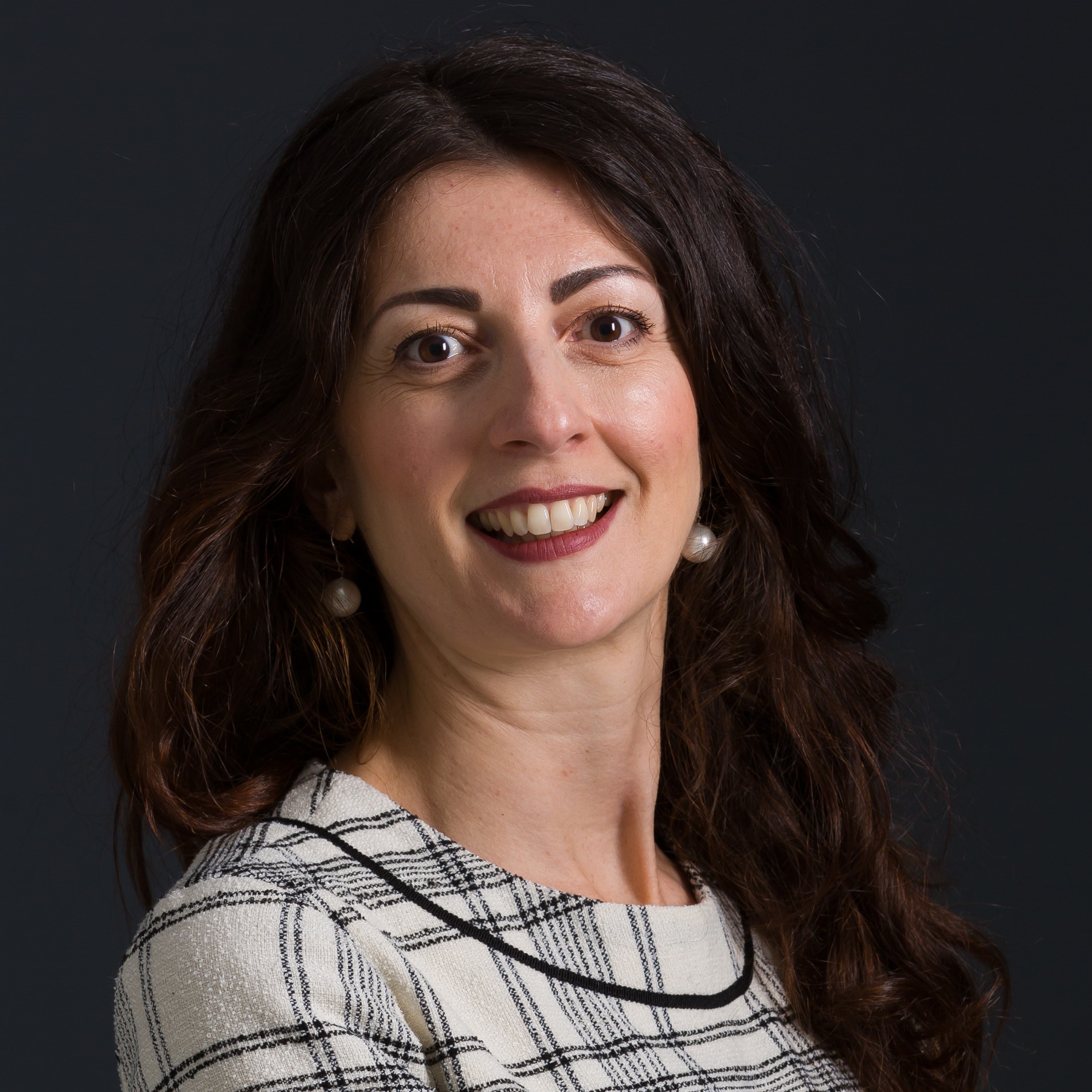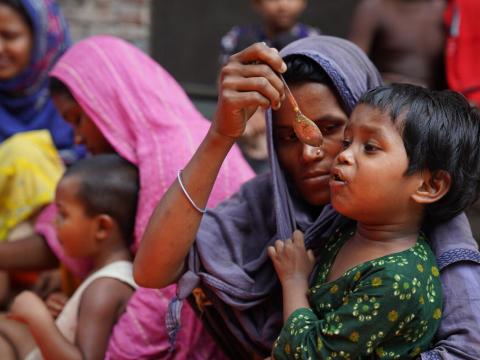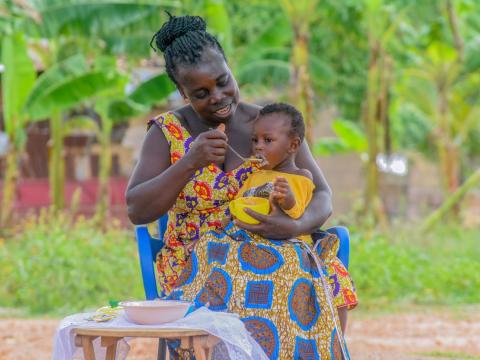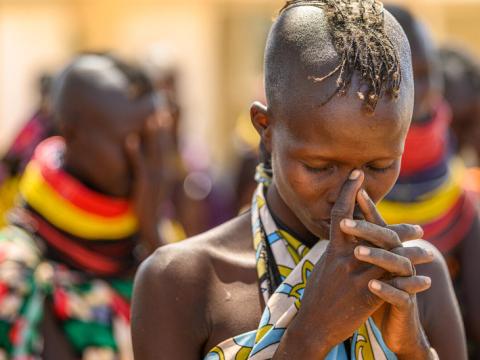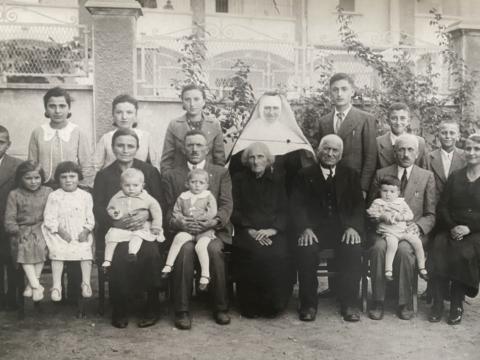
The world’s best lunch table
New global survey on child hunger and malnutrition highlights stalled progress on ending child hunger, and the parallels with one writer’s family history
It’s 1944 in Northern Italy, and ten children of various ages are sitting around a table: excitement is in the air, it’s lunchtime!
There are no individual dishes, but in the centre of the table is a deep bowl of polenta – a porridge made of yellow maize, and the household’s main meal during the war. In the middle of the polenta is a tiny portion of beef stew. The older children throw themselves at the stew and a small domestic war breaks out for the prized meat chunks. The smaller children struggle to keep up and are lucky if they manage to at least scrape up some sauce. No one notices, in the corner, the mother take the last small piece of stew and hide it in her apron. It’s for her little boy, the smallest of the ten. Even if it’s only a tiny taste, he is so grateful for that bite. Decades later, when he recounts this episode to me, I can still feel that gratitude deep within him. That boy was my father.
I was reminded of this story when looking at the staggering results of the recent global IPSOS survey on child hunger and malnutrition.
Hunger in the world today
Four in 10 respondents globally say their children do not receive the nutrients they need daily; eight in 10 are concerned about child hunger and malnutrition in their family; and 6 in 10 are very concerned.
When I try to imagine the faces of those parents, I see my grandmother.
Today, just as was the case for my grandmother and many of her peers in 1944, parents with three or more children are more likely to express concerns about the nutrition of their children. Conflict and war are seen as the leading cause of hunger globally – a perception my grandmother would have shared as a housewife living on a farm in German-occupied Northern Italy at the height of World War II. I can also easily imagine grandma eating less so she could leave more for her children: the same strategy four out of 10 adults still adopt today because they don’t have enough money to buy food.
Wow.
How is it possible that in 2023 so many people on this abundant planet still struggle in the same way my grandparents did during World War II?

A new campaign to end child hunger
It is not possible, and we should not accept it. That’s why I am proud that World Vision is launching a new global campaign to make child hunger and malnutrition a story of the past. Our aim is to make children more visible in global and national statistics around hunger and nutrition, drive real change in the places where children are receiving food support—emergency food assistance programmes, school meals and community health services—and lead global efforts to ensure resources are shared so that every child thrives with enough nutritious food.
After the war, when my father biked 20 kilometres a day back and forth to attend middle school in a town nearby, his mother would give him a coin to purchase a dish of pasta at a restaurant that had agreed to a fair price. With his stomach full, my father was able to focus on his studies, unlike four in 10 respondents to the survey today who recall having troubles as children due to hunger. The sacrifices and investments of my grandmother paid off. My father was the only one of his ten siblings to continue to higher education and get a university degree. With the Italian welfare state inexistent at the time, she was fighting the battle to feed her children alone – supported only by her unwavering faith in the mercy of Jesus Christ.
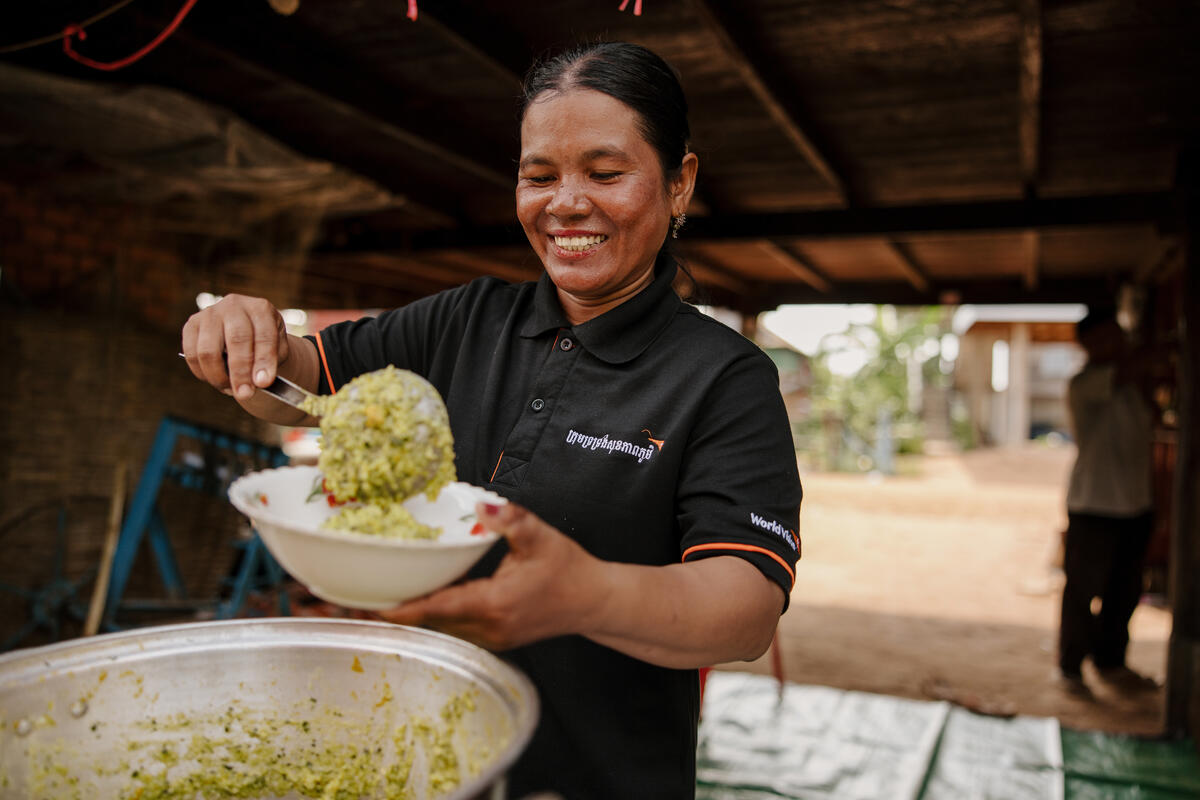
Take action to end child hunger today
It’s so encouraging to read in the survey that today’s global citizens believe that responsibility for solving child hunger is shared between parents, governments and supportive organizations. Just like granny did, individuals today are playing their part: giving food to people in need, supporting a hungry family locally or donating to a charity or faith-based community organisation which provides food for the hungry. But individuals alone are not enough.
So, what’s the world’s best lunchtable? Picture again my father and his siblings, but now, they’re replaced by children from all the countries of the world peacefully sharing the same meal. To make sure everyone has enough nutritious food, each diner consumes just enough and shares the rest; and a caring and perceptive leader (parent, government, global governance institution) sets and enforces fair rules and helps those who may miss out; all around, businesses, charities and other organisations are playing their role so that the healthy meal can be enjoyed now and by future generations.
Wouldn’t it feel great to dine at such a table? I believe the world has enough resources, enough powerful institutions and enough committed individuals to make it happen. Will you join me?
Elena Gaia is World Vision International’s Director of Global Campaigns, based in Geneva Switzerland. She has previously worked with World Vision, UNICEF, and other UN bodies to fight violence against children, improve social protection systems, and advocate for child rights.
